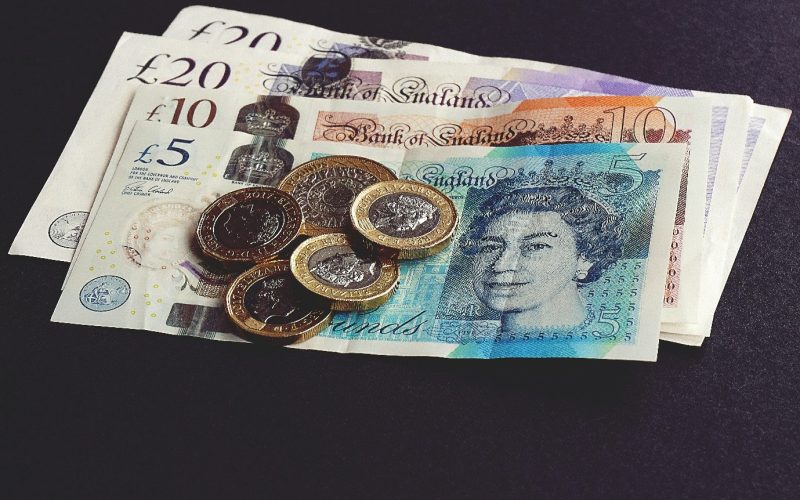The Rise of Digital Payment Solutions
Payment technologies have undergone significant transformations over the past few decades. From the advent of credit cards to the rise of digital wallets, each innovation has reshaped how consumers and businesses conduct transactions. This article explores the evolution of payment technologies, highlighting recent developments and their implications for the future.

The landscape of payment technologies has changed dramatically, driven by advancements in technology and shifts in consumer behavior. This evolution has made transactions faster, more secure, and more convenient. The journey from traditional cash payments to modern digital transactions reflects the continuous quest for efficiency and security in financial dealings.
Historical Overview of Payment Technologies
Early Payment Methods
The earliest forms of payment were barter systems, where goods and services were exchanged directly. As societies evolved, so did their payment methods. Precious metals like gold and silver became standard, eventually leading to the creation of coins and paper money. These physical forms of currency dominated for centuries.
Introduction of Credit Cards
The introduction of credit cards in the mid-20th century marked a significant milestone in payment technology. Diners Club issued the first credit card in 1950, followed by major players like American Express and Visa. Credit cards revolutionized the way people paid for goods and services, providing a convenient and secure alternative to cash.
Rise of Electronic Payments
The 1990s saw the rise of electronic payments, facilitated by the internet. Online banking and e-commerce platforms like PayPal emerged, enabling consumers to make payments without physical money. This period also saw the introduction of Electronic Funds Transfer (EFT) and Automated Clearing House (ACH) systems, further streamlining payment processes.
Recent Developments in Payment Technologies
Digital Wallets
Digital wallets, such as Apple Pay, Google Wallet, and Samsung Pay, have gained immense popularity. These wallets store users’ payment information securely and allow them to make transactions using their smartphones. The convenience and security of digital wallets have made them a preferred payment method for many consumers.
Contactless Payments
Contactless payment technology, including Near Field Communication (NFC) and Radio-Frequency Identification (RFID), has become widespread. This technology allows consumers to make payments by simply tapping their card or smartphone on a terminal. Contactless payments are fast, secure, and reduce physical contact, a feature that became particularly valuable during the COVID-19 pandemic.
Cryptocurrency and Blockchain
Cryptocurrencies like Bitcoin and Ethereum, based on blockchain technology, represent a new frontier in payment technologies. These decentralized currencies offer a secure and transparent method of transferring value. Despite regulatory challenges and volatility, cryptocurrencies are increasingly being accepted by merchants and integrated into financial systems.
Biometric Payments
Biometric authentication, such as fingerprint and facial recognition, is being integrated into payment technologies to enhance security. This technology ensures that only the authorized user can complete a transaction, reducing the risk of fraud. Biometric payments are particularly popular in regions with high smartphone penetration.
Analysis of Recent Developments
Security Enhancements
Recent advancements in payment technologies have significantly improved security. Digital wallets and biometric payments offer robust protection against fraud. Blockchain technology, with its decentralized and transparent nature, further enhances the security of transactions.
Convenience and Speed
The latest payment technologies prioritize convenience and speed. Contactless payments and digital wallets enable quick transactions, reducing wait times for consumers and increasing efficiency for businesses. This is particularly beneficial in high-traffic environments like retail stores and public transportation.
Adoption Challenges
Despite their benefits, new payment technologies face adoption challenges. Cryptocurrencies, for instance, are still not widely accepted due to regulatory uncertainties and market volatility. Similarly, digital wallets require users to have compatible devices and sufficient technological literacy, which can be barriers in certain demographics.
Regulatory and Compliance Issues
As payment technologies evolve, they must navigate complex regulatory landscapes. Governments and financial institutions are working to create frameworks that ensure security and consumer protection without stifling innovation. This balancing act is crucial for the sustained growth of new payment methods.
Comparative Analysis
Traditional vs. Digital Payments
| Feature | Traditional Payments | Digital Payments |
| Security | Physical theft risk | Enhanced digital security |
| Convenience | Time-consuming | Fast and convenient |
| Accessibility | Widely accepted | Device-dependent |
| Cost | Potentially higher transaction fees | Lower transaction costs |
| Adoption Rate | Universal | Growing but varied |
| Fraud Risk | Higher | Lower with biometrics |
Digital Wallets vs. Cryptocurrency
| Feature | Digital Wallets | Cryptocurrency |
| Security | High with encryption | High with blockchain |
| Convenience | Very convenient | Moderately convenient |
| Acceptance | Widely accepted | Limited acceptance |
| Regulatory Clarity | High | Low |
| Volatility | Low | High |
| Transaction Speed | Instant | Can vary |
The Future of Payment Technologies
The future of payment technologies looks promising, with several trends poised to shape the landscape:
Integration of AI and Machine Learning
Artificial Intelligence (AI) and Machine Learning (ML) are set to play a significant role in payment technologies. These technologies can enhance fraud detection, provide personalized financial advice, and streamline payment processes.
Expansion of Cryptocurrency
As regulatory frameworks become clearer, cryptocurrencies are likely to see broader acceptance. Innovations like stablecoins, which are pegged to stable assets, can reduce volatility and make cryptocurrencies more practical for everyday use.
Enhanced Biometric Authentication
The use of biometrics in payment technologies will continue to expand. Innovations like voice recognition and behavioral biometrics are being explored to provide even higher levels of security and user convenience.
Cross-Border Payments
Blockchain technology is expected to revolutionize cross-border payments by making them faster, cheaper, and more transparent. This will facilitate international trade and provide financial services to underserved regions.
Conclusion
The evolution of payment technologies has significantly transformed the financial landscape. From early barter systems to advanced digital payments, each innovation has brought greater convenience, security, and efficiency. Recent developments like digital wallets, contactless payments, cryptocurrencies, and biometric authentication are shaping the future of transactions. Despite challenges, the ongoing advancements in payment technologies promise a more seamless and secure payment experience for consumers and businesses alike.












